-
Posts
7,881 -
Joined
-
Last visited
Content Type
Profiles
Forums
Articles
Posts posted by kye
-
-
On 8/21/2024 at 3:07 AM, PannySVHS said:
Will be using mine tomorrow, not my p2k but the micro again. It has been a year or so since the last time. I'm charging batteries and cleaning lenses right now, a bit late to the party, silly me.😊
Exited to see more from you and to read about your adventures! @kye What lens did you use at the tea museum, the 12-35? I am wondering if @mercer has rebought a m2k again. Does @TomTheDPplay around with one or is the Alexa his only dual gain baby?
What I absolutely love about the og pocket and the micro are textures, motion and highlight rolloff. Just sayin.😊
Yes, 12-35mm f2.8 for all stills shown on this trip so far.
My wife and I got sick for a few days, probably covid which is rampant here, but are on the mend.
During this time I've been shooting a lot out of the hotel window, which has a pretty awesome view. For this I've been using the GX85 + 14-140mm F3.5-5.6 and the BMMCC + 12-35mm F2.8 as well as the fast primes I brought for the dusk / blue-hour time when the lights come on, which are the 7.5mm F2, the 17mm F1.4 and 50mm F1.2.
The extra crop factor on the BMMCC with the 50mm was welcome in focusing in a bit more on certain parts of the view. I'd really like a small, light, F1.4 or faster prime though. I've looked and it doesn't seem like there are any good options, except maybe the Rokinon/Samyang 85mm f1.4, but more research would be needed.
I'll definitely keep shooting the view from the window as I will have enough for a decent sequence or even a whole film just from this vantage point - there is so much happening here!
I've actually had an epiphany while being here and shooting with this camera, but that's a whole other thing and I'll share more when I'm back and have digested it a bit more, but spoiler alert, I think I'm now a convert to shooting fully manual with rigged cine cameras in public, and it has nothing to do with the image.
-
Shot with the BMMCC in Myeongdong for 2.5 hours in the (light) rain today. It's a trooper. Images barely graded as usual.
and a POV pic of the setup.
I might have gone a touch dark on the grade, but these were just taken from checking dailies to catch any tech or usage issues.
I think I'm getting the hang of this.
-
- inde, PannySVHS, KnightsFan and 4 others
-
 7
7
-
-
-
16 hours ago, bjohn said:
This is a good idea, but it's worth noting that a card may be recognized by the camera but still not be usable because it'll start dropping frames after awhile. I experienced this with a few cards: the camera would recognize and format them, but after 10 minutes or so I'd get dropped frames. So if you test, be sure to test for at least 10 minutes of filming; the best stress-test will be 10 minutes of CDNG raw at 30fps, but if you don't need that capability just test it with whatever settings you normally use.
Damn.. 10 minutes is a long time in a test.
I've heard that cards can start off working fine but then after a while start to act up and miss frames after using them for months. I think that was the Kingston ones, but can't be sure.
-
6 hours ago, TomTheDP said:
What are ya'll using for media. I really want to make use of this camera. I sort of wish I had the OG though as love a built in screen(even though the built in screen sucked).
If you have a local camera store that cares about customers, it might be worth going down there with your camera and a rig and saying you need a card but need to test it before purchasing. You'll likely pay full retail but you'll spend zero time and energy buying the wrong ones or waiting for shipping on something that may not work.
-
7 minutes ago, John Matthews said:
I'm back from holiday. In retrospect, although the camcorder was fun, I suffered from "camera paralysis", a horrible disease where you don't know what to take with you. In the middle of my stay, I realized the GX800's display couldn't cut the mustard in any sort of bright conditions on the beach or in the Palouse area of Washington State. I did the right thing by obtaining a E-m5 iii, an old fav from a few years ago that I had sold. I'm now reconverted to MFT. I'm not sure what to do with my S5ii. I'll probably sell and pay down my car. Might sell the GX800 too (though it's a fun camera). Or, not sell anything.
Next time, I will be bringing MFT lenses that cover ultra-wide to 600mm equivalent and I'll have no need for the camcorder.
Interesting observations.
I've mentioned my priorities elsewhere previously, but the first one is to get the shot.
What this means in reality is having a camera with you that you actually take on the trip. Then that you take with you when you leave your accommodation. That you take out of your bag / pocket and turn on. That has the right lens to get the shot you want. That can focus and expose and compose fast enough to capture the moment.
There's lots of pitfalls along that road for cameras to fall into and result in not getting that shot.
Packing a smaller MFT with a long zoom and a faster lens option for low-light is a master-of-none package that threads the needle pretty well to get the shots you want.
Do they look like a Cooke on an Alexa 35? - hell no. But if I had one of those on a trip and pulled it out in public the only thing I would be able to film would be people looking at the bozo who was shooting a movie, that is until security stops me asking for permits.
-
1 hour ago, bjohn said:
@kyeone word of warning: a few years back when I was shooting with my BMMCC in France, the camera started behaving weirdly with the Panasonic 12-35 zoom. Aperture control worked, but it would defocus the image as soon as I hit the record button and I'd have to refocus. I've read other accounts of this happening. I only use manual lenses on that camera now. I have two BMMCCs and haven't tested the Panasonic on the other; I should do that. But the other reason to use all-manual lenses (with a manual aperture ring) is that adjusting the aperture electronically via the BMMCC's menu will drive you mad unless you have a remote. I have the One Little Remote, which works well for this, but it's incompatible with my larger battery sources (it shuts down the camera randomly).
How odd - I guess maybe it was a firmware bug? or dirty electronic contacts perhaps?
Did it work at other times? or was it consistently playing up? I've recorded a bunch of clips with the lens and not had any issues so far.
-
This is the kit for my trip to Korea coming up.
The BMMCC is slower to shoot with, but I think I'll try and make it the main camera of the trip.
Equipment:
- BMMCC
- GX85
- 14-140mm F3.5-5.6
- 12-35mm F2.8
- primes: 14/2.5 and 7.5/2 and 17/1.4 and ~50mm F1.4
- iPhone
The Helios 58mm F2 is pictured, but I might end up taking the TTartisans 50mm F1.2 instead. Still deciding.
The BMMCC will benefit from the OIS in the zooms significantly.
I only have a couple of old Wasabi LP-E6 batteries, and so far in my testing I'm getting about 1h45m of battery life, with it not really mattering if the camera is on standby or recording. I think when I'm there I'll probably buy some more batteries.
Pics:

-
3 hours ago, zerocool22 said:
Hi,
I am still running a gtx 1080 as my gpu, so I am thinking about an upgrade. Has anyone made a similar leap these days and felt an great increase of performance? Davinci resolve often freezes during playback, have to wait a bit and then it starts again. (Have to note that I do not copy my footage to internal SSD drives, but usually just run it from external drives, which might have a bigger impact then my gpu, but not sure at this moment. )
Cheers,Having your files on SSD will have a huge impact on editing performance. If you're going to upgrade anything then I'd suggest this is first. Depending on what you're doing in the edit/colour grade, this might be all you need.
Assuming your machine has an SSD, just copy a few dozen files to it and then cut them up in a timeline and see how it performs.
-
4 hours ago, Superka said:
This is just for family video.
The irony is that family video isn't "JUST" anything.
It's shooting uncontrolled scenes, in mixed and poor CRI lighting, with subjects in full-sun, with scenes involving direct sun and deep shadows, camera moving between interior and exterior, and compositions often include the sun in shot during sunrise and sunset but also need to render subjects.
Subjects will often not be wearing make-up, will be tired or red with activity or sunburn, and aren't used to seeing themselves on video and may be sensitive about how they look, especially combined with non-flattering lighting and camera angles.
The skillset required to edit and colour grade in post to mitigate these factors is likely to be absent in comparison to professional productions of all budgets.
Family video is the single most technically difficult genre to shoot, bar none.
.... and yet, the cameras to do it are the least capable of all types available.
-
CinePrint 35
In: Cameras
11 hours ago, Tim Sewell said:Thanks. Lens was just the Sony 18-105 f4. I wasn't expecting to shoot any video that day, but the fog made it mandatory to do so!
Nice. The flexibility of a zoom for getting lots of interesting shots in a single location really is hard to beat - no other variable seems to make nearly as much difference.
8 hours ago, Tim Sewell said:This is the Kodak Vision3 500T variant, by the way.
I'd assume it's the Kodak 500T and 2383 combination?
This grade is quite accentuated. Do you / would you use the power grade on other work and give it a lighter touch?
I recently came upon the 2014 Valvula Films Demo shared on CML which compares Arri Alexa XT, Sony F65 and Red Epic-X MX with real film scans (Vision3 200T 5213 and Vision3 250D 5207), and not only do they share the stills, but also a high-quality video file of the scenes with matching grade (1080p ~40Mbps) so you can see the motion and texture of the image.
After watching all the YT film emulations which seem to only emulate 35mm from 1957 / 16mm from 1972 / 8mm film from 1986, I was surprised at how good the quality was. It's still unmistakably film, but it's waaaaaay better than you'd think.
-
9 hours ago, zlfan said:
in no good legend, I can guess which are gh7 shots. the ones with the old bar tender look sharper than other takes, almost different look or style, it might be taken by gh7.
I also noticed the differences because of the sharpness.
There are three dimensions to images.
1) Colour and gamma
Colour response and processing of it in post is sophisticated, almost everyone is aware of this, thousands of people are discussing this at any point in time.2) Texture (sharpness, resolution, noise, etc)
Tools for this are rudimentary in comparison, very few amateurs know anything beyond kindergarten-level "sharp=good" "in-camera sharpening = bad" statements, this is the current litmus test for knowing if someone has gotten serious about images yet.3) Temporal aspects (how images depict movement)
Tools for manipulating this are almost non-existent, discussions hardly ever get beyond frame-rate / shutter angle / in-camera NR / rolling-shutter, this is the current litmus test for if someone sees cameras as tools for creative expression or toys that have specifications.Ironically, the second and third aspects might be just as deep topics as the first, but the discussions are so focused on the first that with literally an hour of paying attention to the second or third categories in your NLE, a person could elevate their work well into emerging professional levels.
-
CinePrint 35
In: Cameras
2 hours ago, Tim Sewell said:I was bored so I put together some A6600 S-Log-3 footage I had hanging around from earlier this year and graded it with the help of Tom Bolles's new CinePrint 35 powergrade. I'm definitely liking the colours and he's simplified the node tree somewhat, making it a lot easier to tweak.
Cool edit - nice work!
The grade is strong but doesn't break or have odd issues, which I see relatively regularly with these types of looks. The skin-tones also seemed really integrated but not over-done.
What lenses did you use?
-
27 minutes ago, newfoundmass said:
I feel like there's a huge difference between fans that are part of the camera's body (where it gets hottest) and fans that are attached externally to a camera's body. I'm not saying that it won't help, just that it seems inefficient compared to putting active cooling right into the body itself. Certainly for the price I don't see why they couldn't, as I refuse to believe that the extra parts needed would significantly raise manufacturing costs. Panasonic did it for a camera that is half the cost, afterall.
BMMCC has a fan and it was $995 only a few years ago when it went EOL. Plus it is like 30% of the size.
The BM Micro Studio Camera 4K G2 is a current model, which is also $995, and tiny by comparison. It has been used for 24 hour races in ridiculous conditions and performed flawlessly.
No excuses for overheating, except for significant/extreme weather and dust sealing requirements.
-
5 hours ago, EduPortas said:
Nope, not there. I'm referring to high-contrast scenes in the last third of both films. Dialogue heavy, so the camera lingers on the subjects and the noise really becomes apparent.
Just watch the films and you'll know what I mean. It's impossible to miss.
Great pictures both of them.
Ha.. Both of these are only available in the streaming platform we disabled literally a few days ago.
-
-
11 minutes ago, ac6000cw said:
From Canon press release:
Ouch!
-
This is the trailer for the film - are the sections you're talking about in here?
There are a few shots in here with lots of noise, but they're either a heavy film emulation or a video camera emulation, so are artistically relevant.
and the other trailer doesn't have any noise I could see at all.
Film Emulation is super hot right now, and heavy grain is a part of that.
Both of these trailers look like they have considerable subtractive saturation, so that seems to align with film emulation.
-
1 minute ago, ac6000cw said:
Sounds expensive.
-
-
2 hours ago, BTM_Pix said:
Now the Mark II has a completely different battery and chamber so it is really relevant to understand whether the performance in terms of overheating is different and whether the same mitigation works.
Like all the cameras that I have ever seen labelled with an "oh my God this is fatal" overheating "issue", I'm always wondering how many camera shops are overwhelmed with returns of them and the manufacturers having to withdraw them from sale as that reality doesn't seem to chime with the pearl clutching.
I wonder about this too. A few mitigating factors come to mind:
- Lots of the worlds population lives in areas that don't exceed 33C for 28 minutes a year, so they're automatically in the clear
- Lots of the worlds population in warmer parts don't go out, especially adventuring, during the middle of the day, so those folks will only be bringing it out on those balmy evenings when it's cocktail hour (besides, golden hour is better for that glam lifestyle image)
- Lots of people who do experience overheating might experience it on holiday, and potentially not until some time has elapsed since purchase, which combined with apathy or warranty limits or social anxiety might just put it in a drawer or sell second hand rather than return it
- Lots of the more informed buyers would just avoid buying it in the first place, such as myself, simply because I want a tool to be reliable and it's worth something to me to have a camera that's 100% not going to overheat, rather than one that is almost 100% not going to overheat, even if in reality that might be twice a year
It might be that these factors alone mean that the shops aren't overwhelmed.
The violent outrage about such things, even from people who might not buy one, is useful to encourage manufacturers not to gradually slide into giving us cameras that overheat in 1 minute in temps over 12C. It also 'encourages' the very shop-keepers who might sell a thing like this to mention this during the sales process, and upsell the FX30, for example.
-
3 minutes ago, Davide DB said:
Sony practically doesn't give a shit about overheating. In fact, it is now a trademark.
It seems here in Italy in the summer you can't use the camera at home.
Absolutely. I once overheated an iPhone shooting in direct sun in probably 40-43C (104-110F), and considering that iPhones overheating is something that is practically unheard of, overheating is something I pay a lot of attention to.



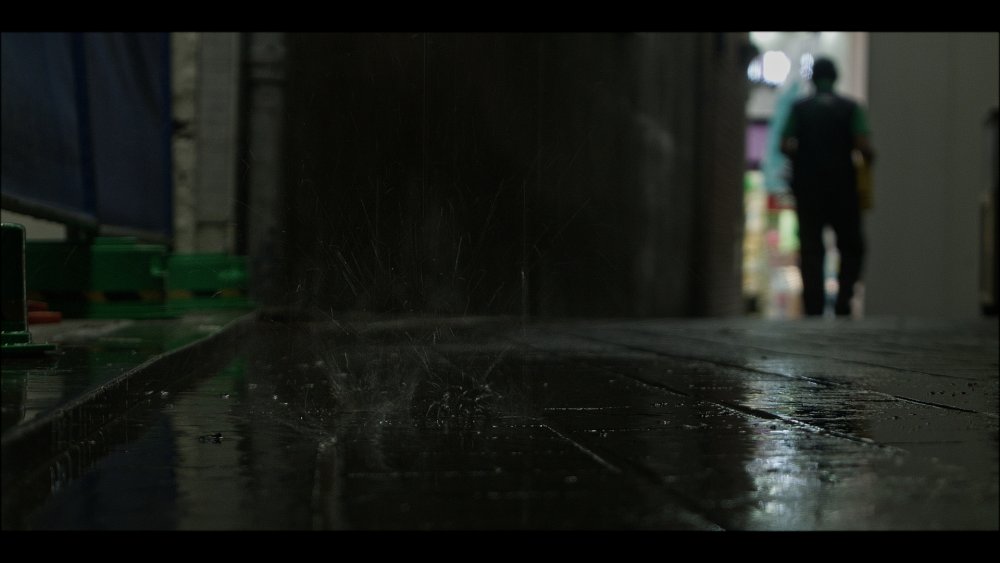
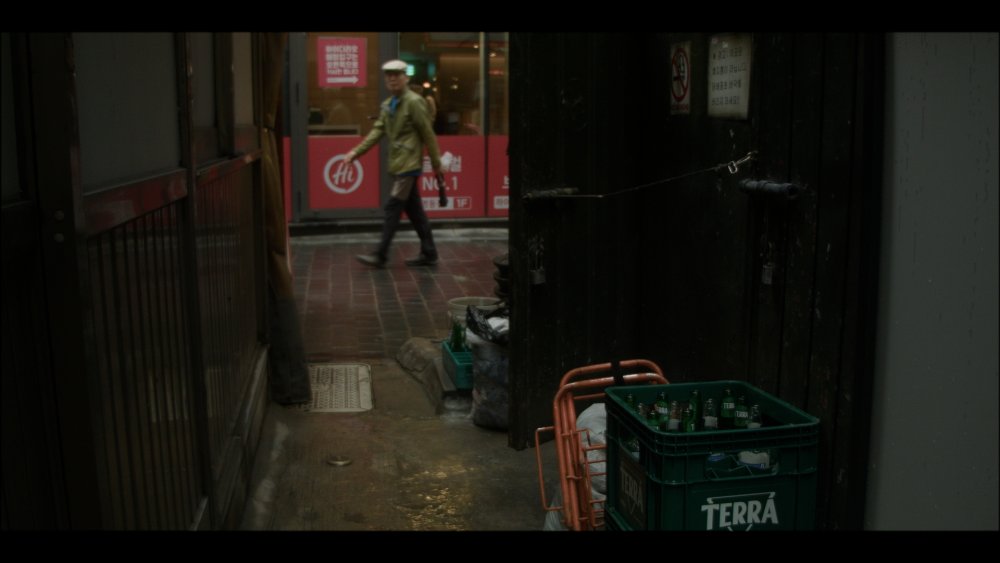
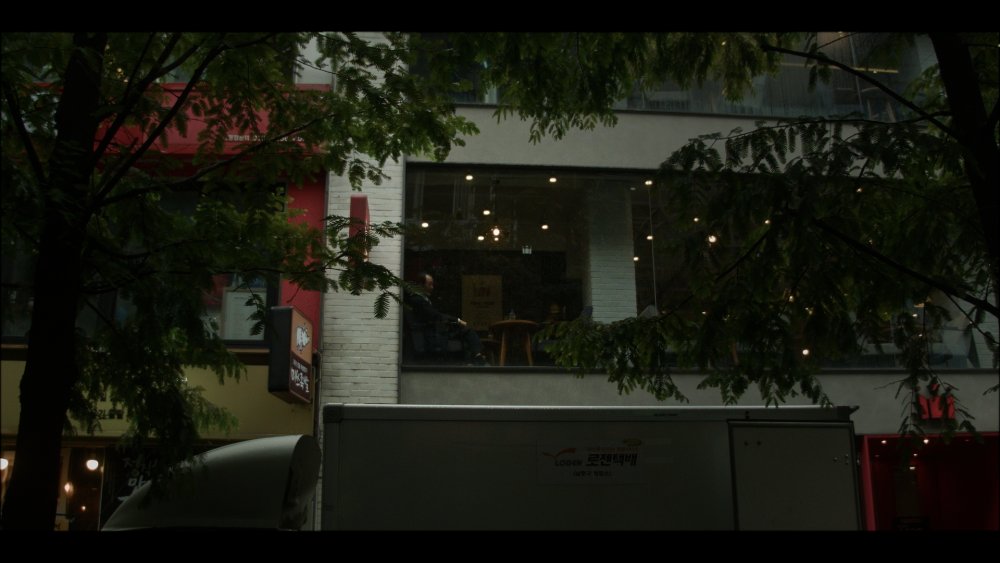
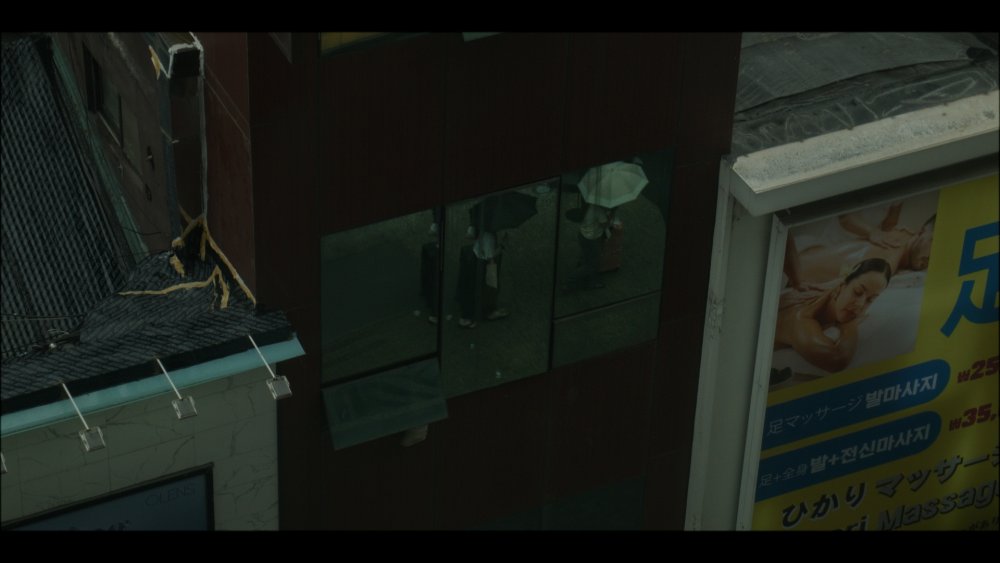
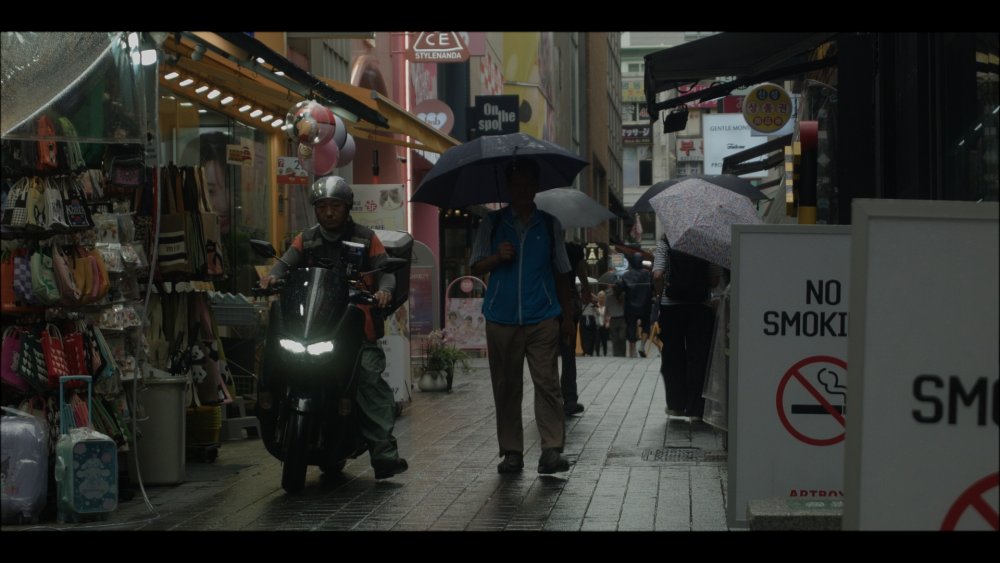
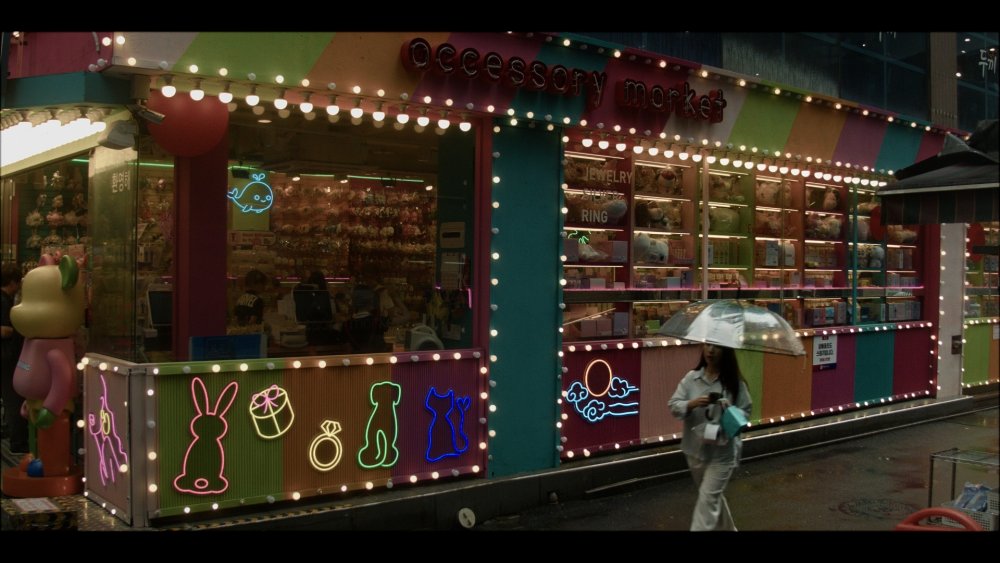

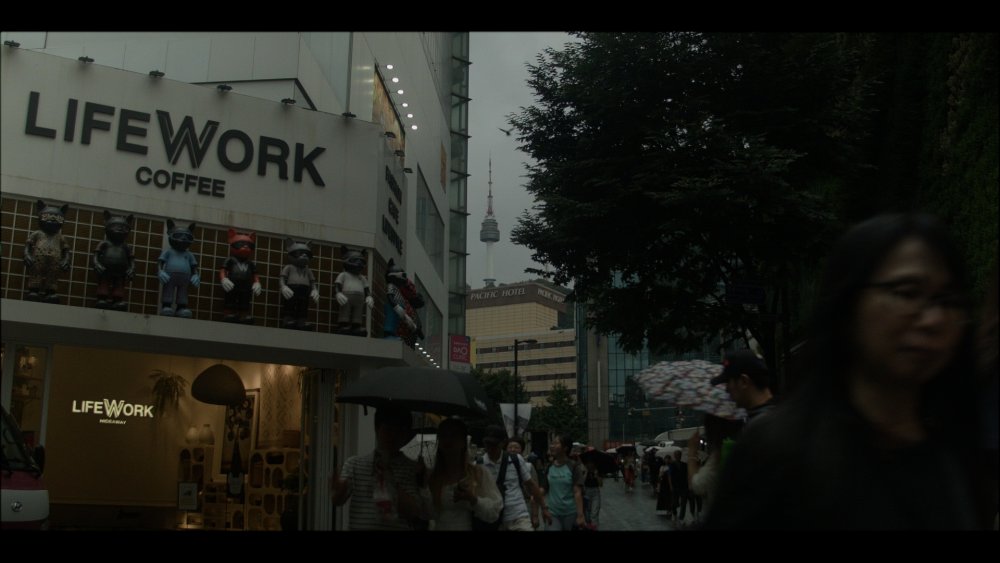
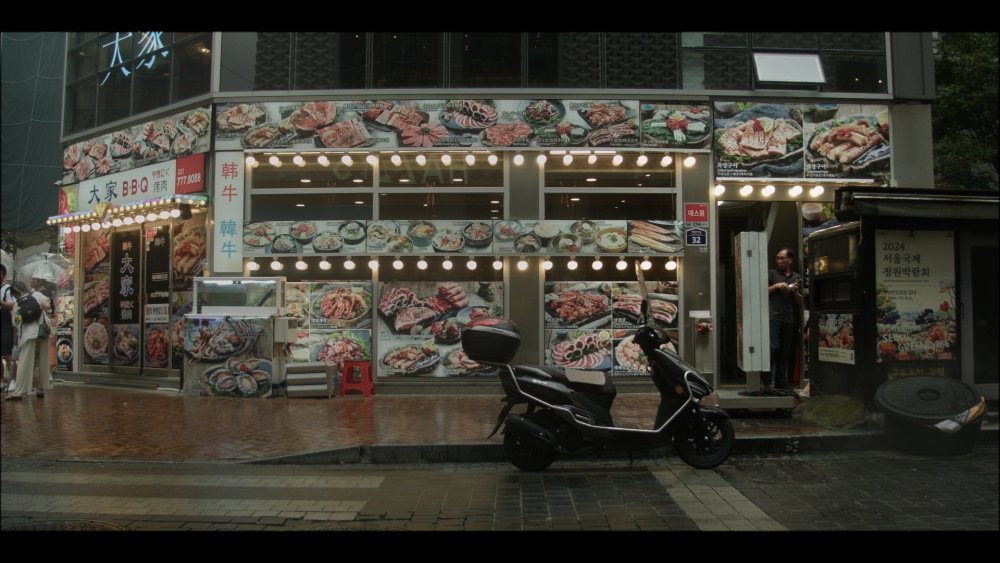
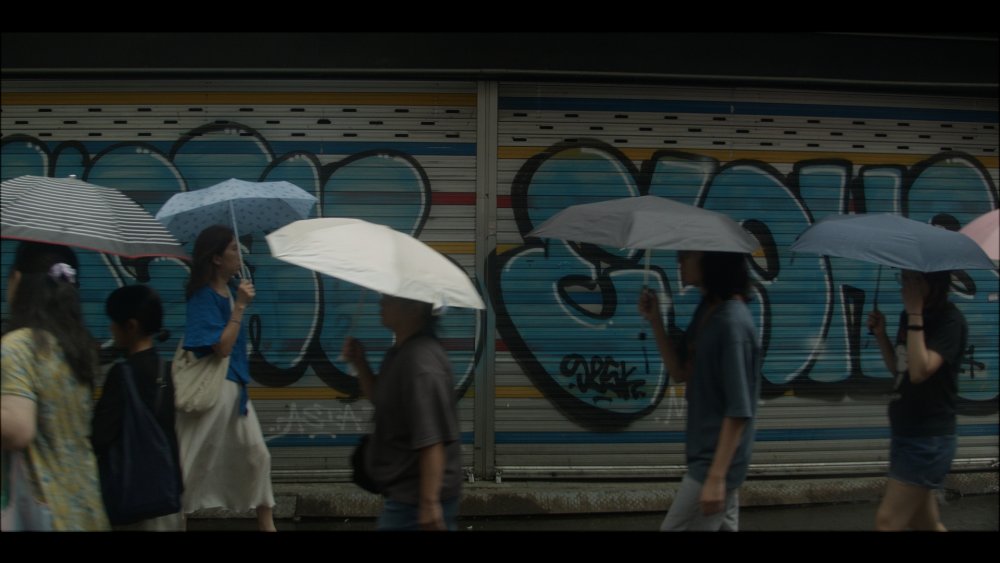
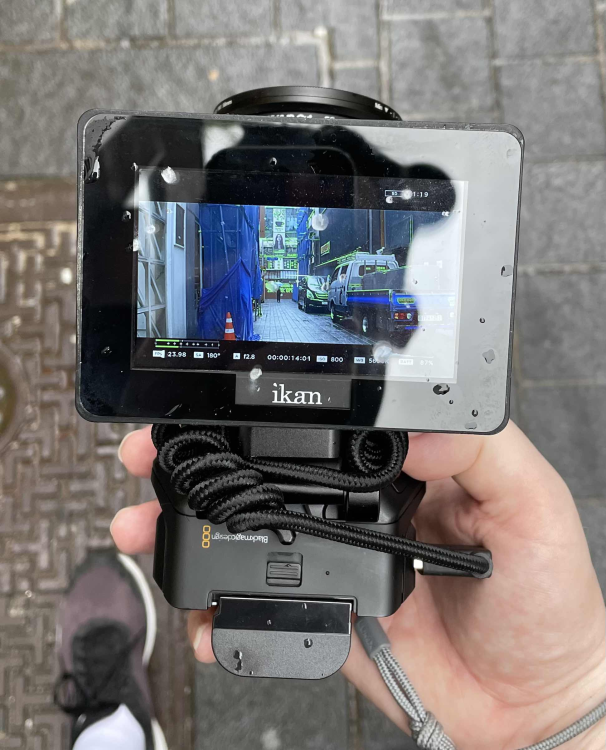

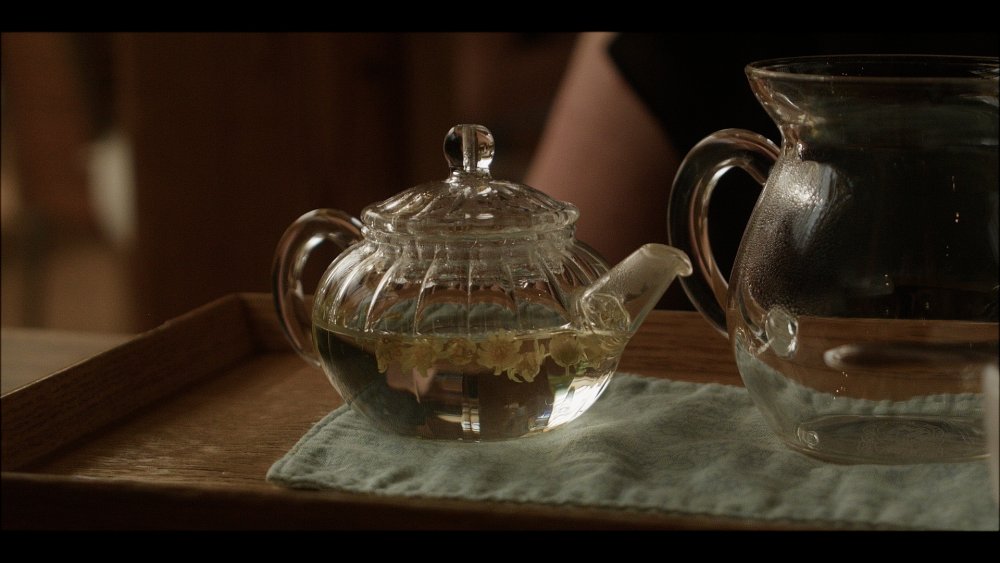
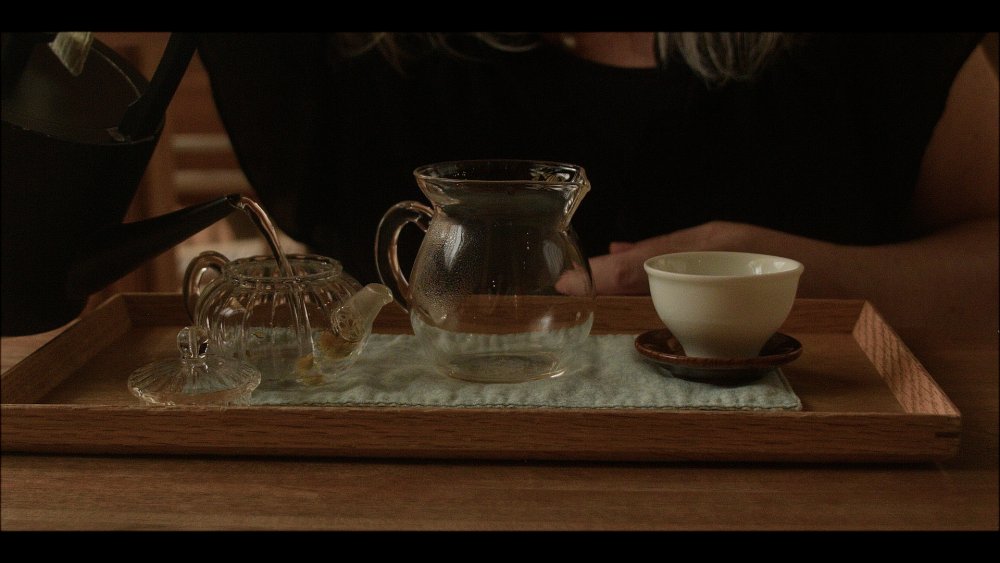
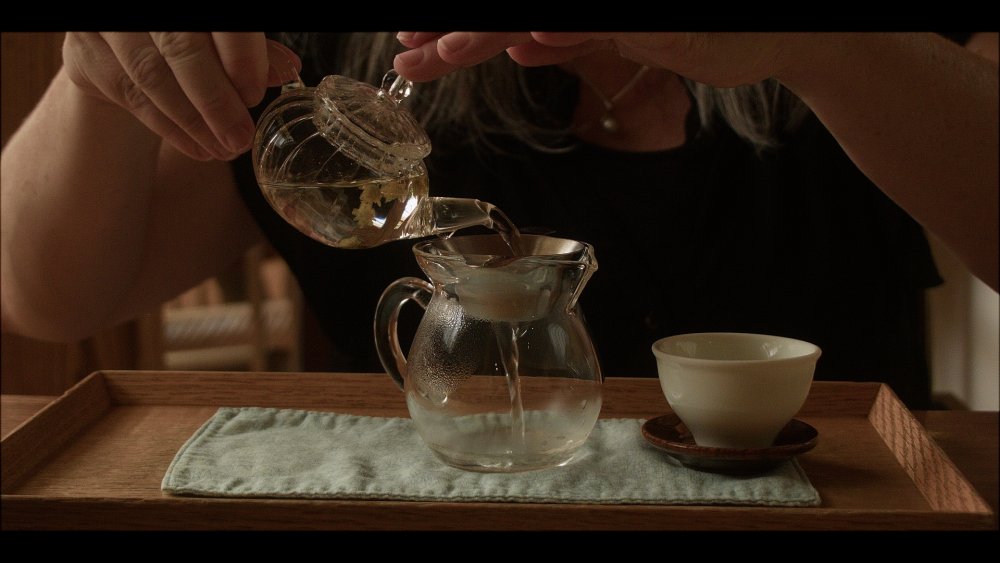
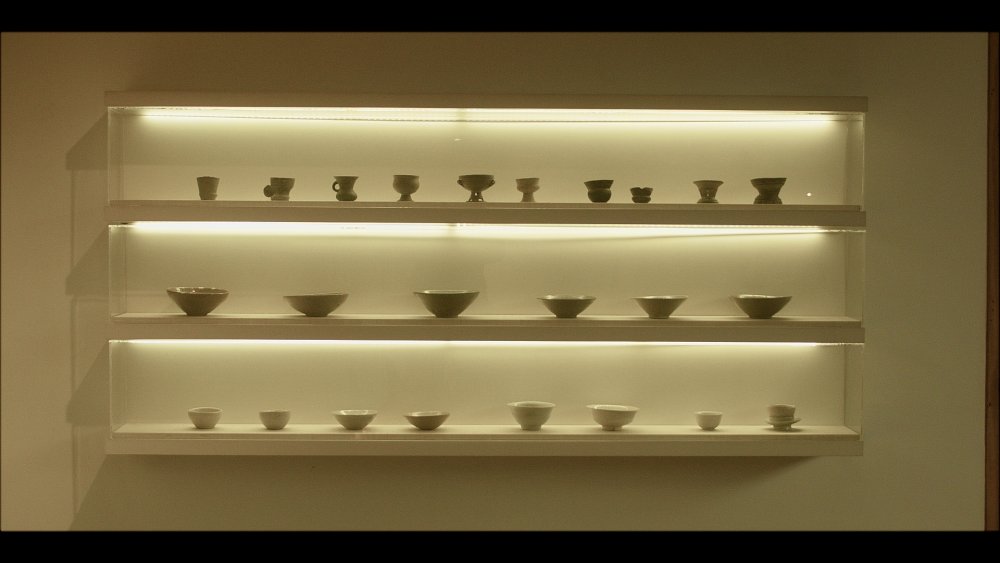
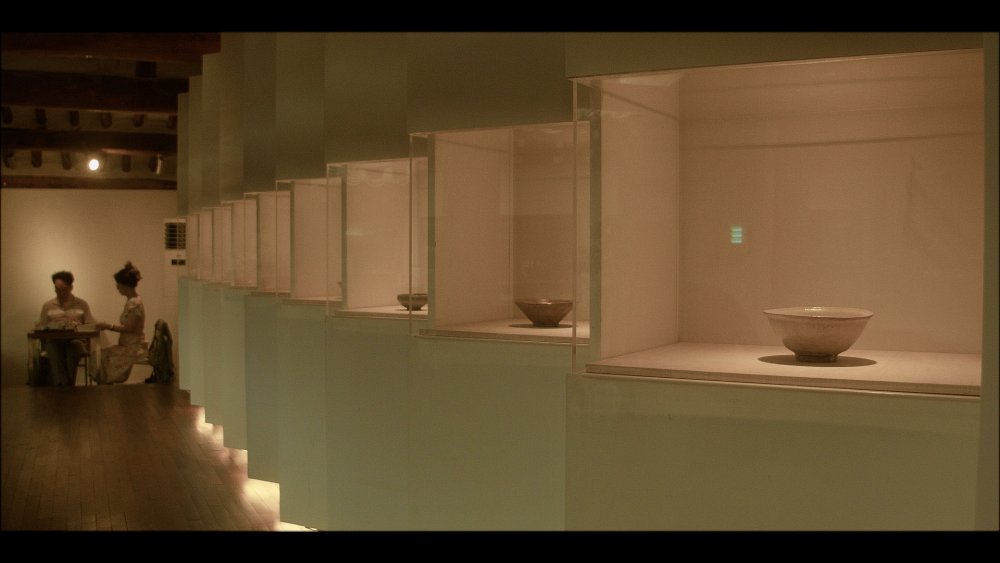
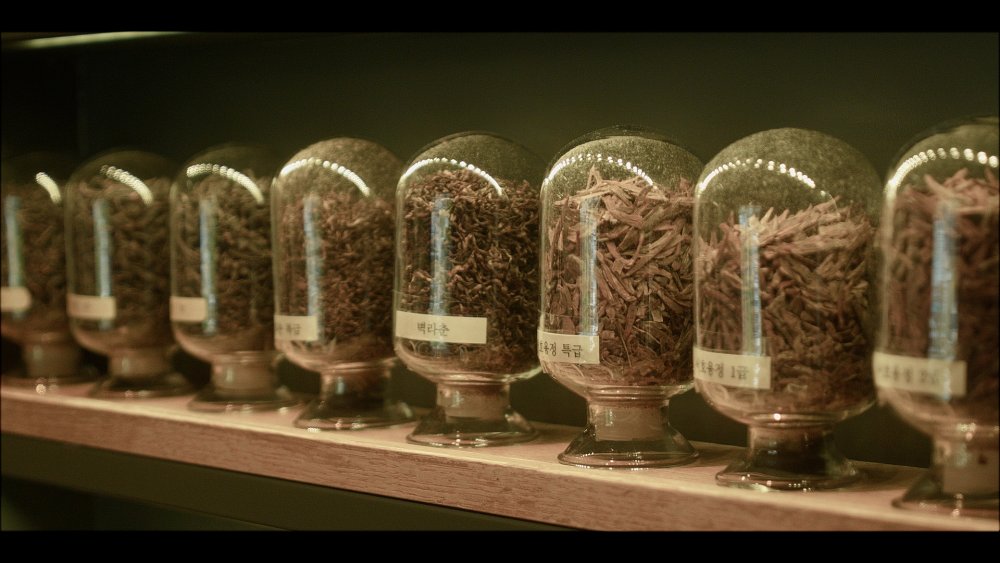
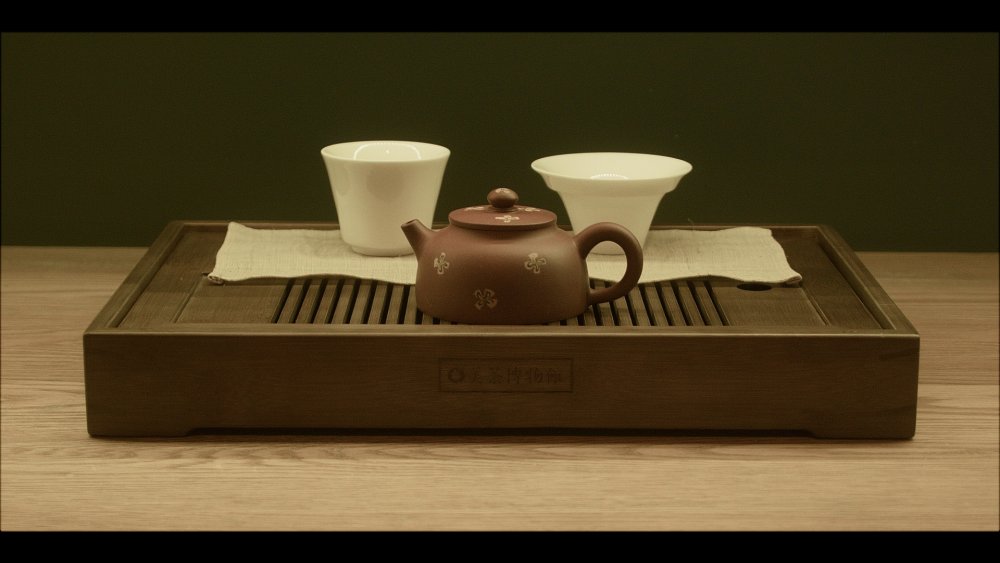
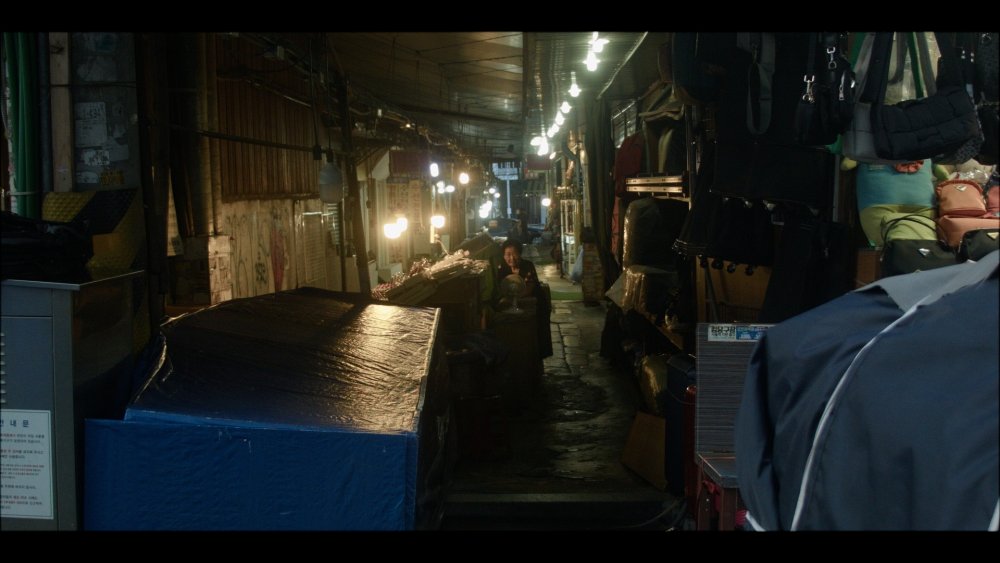
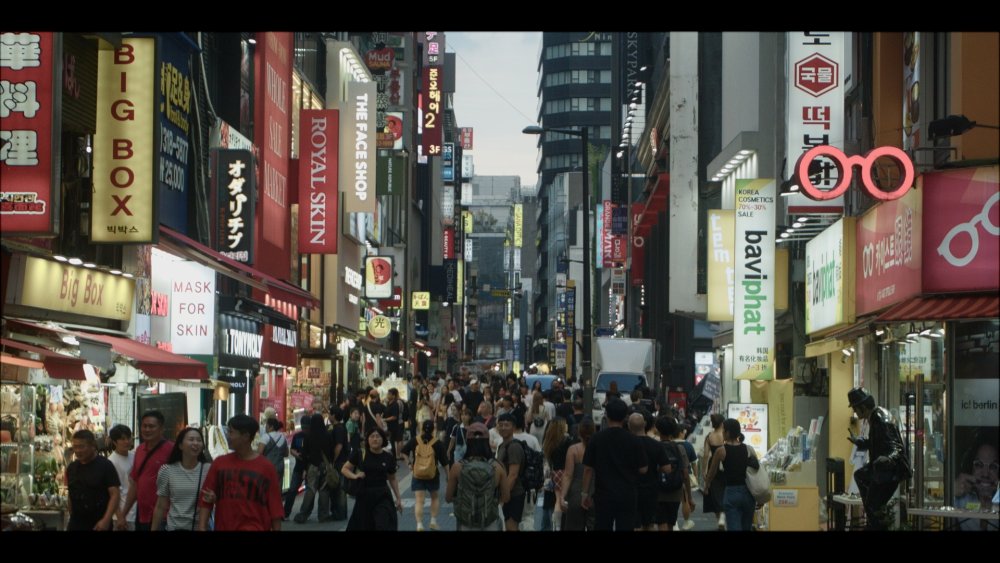
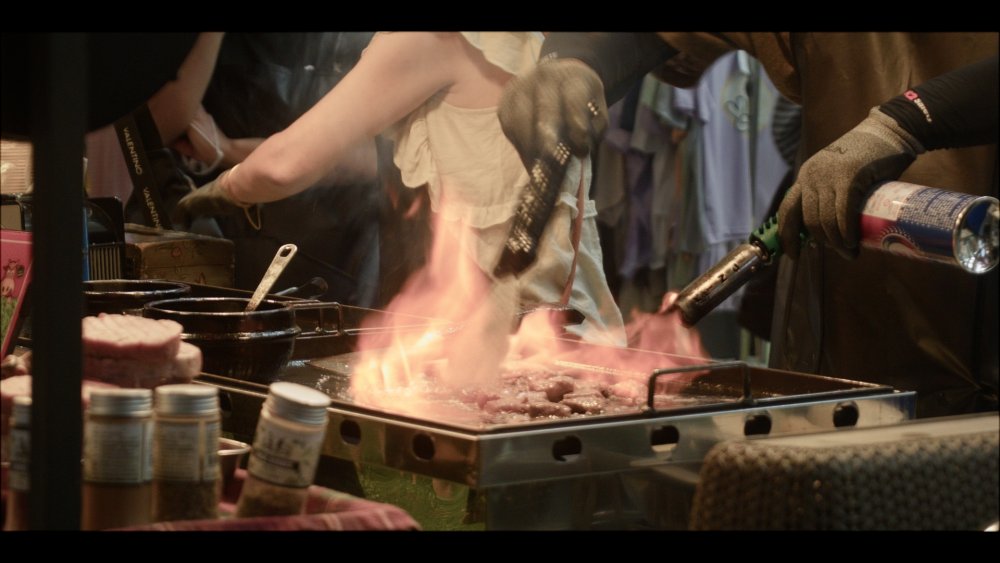
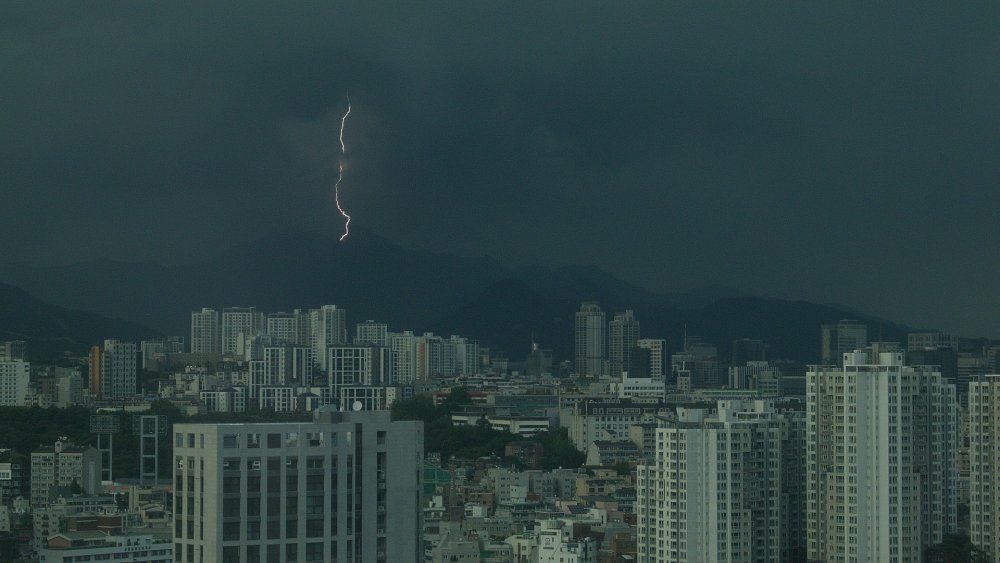
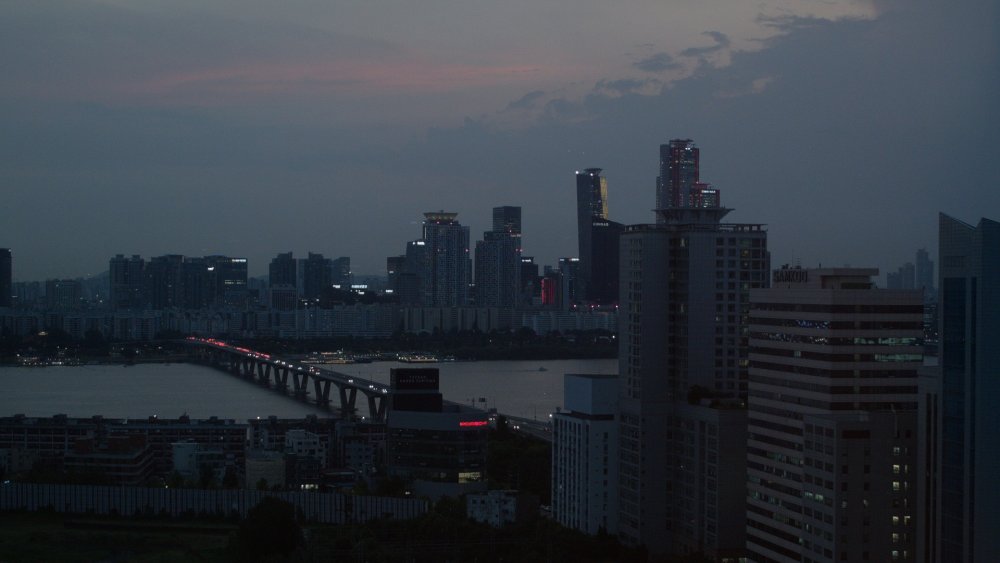
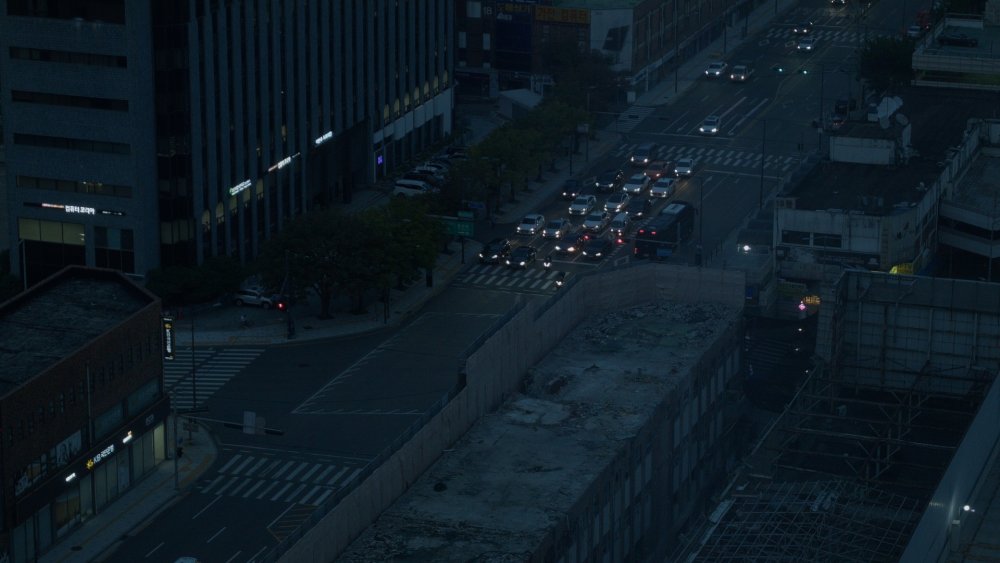

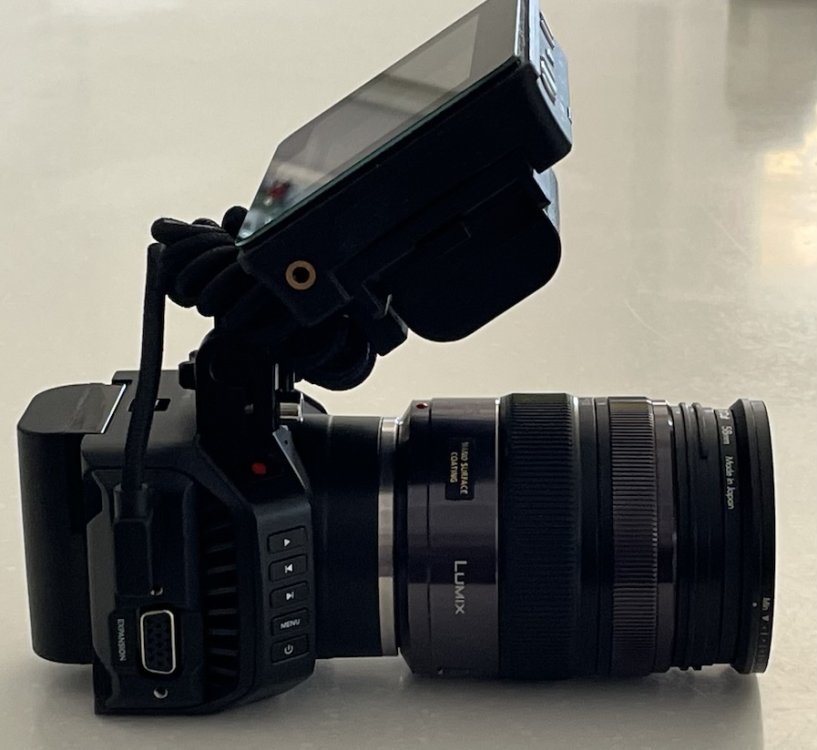
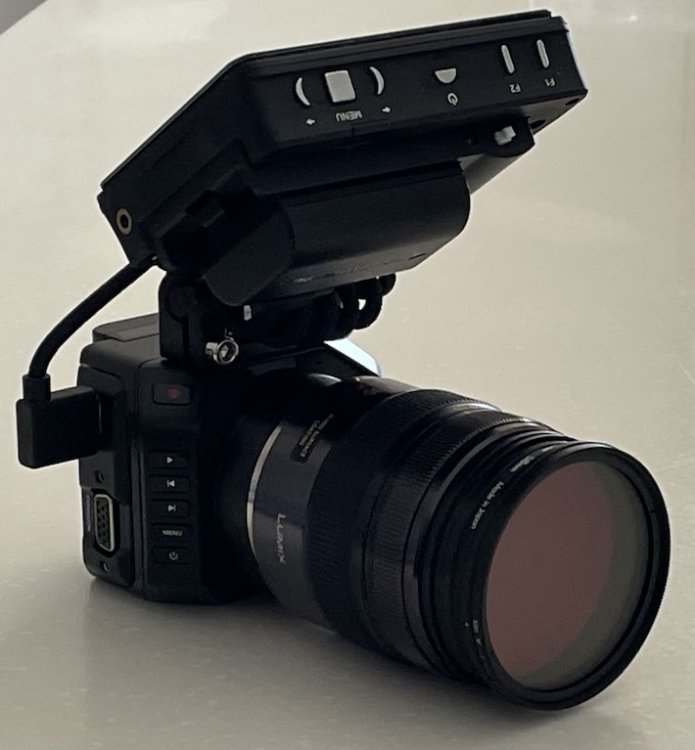
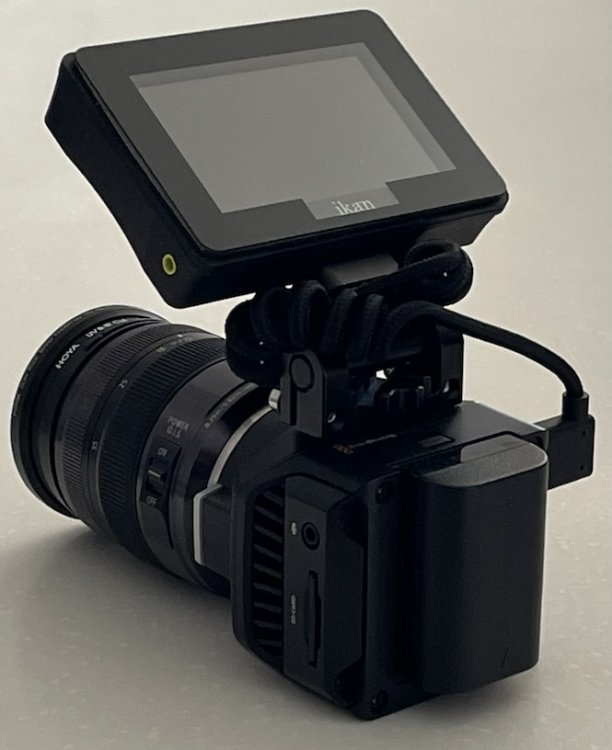
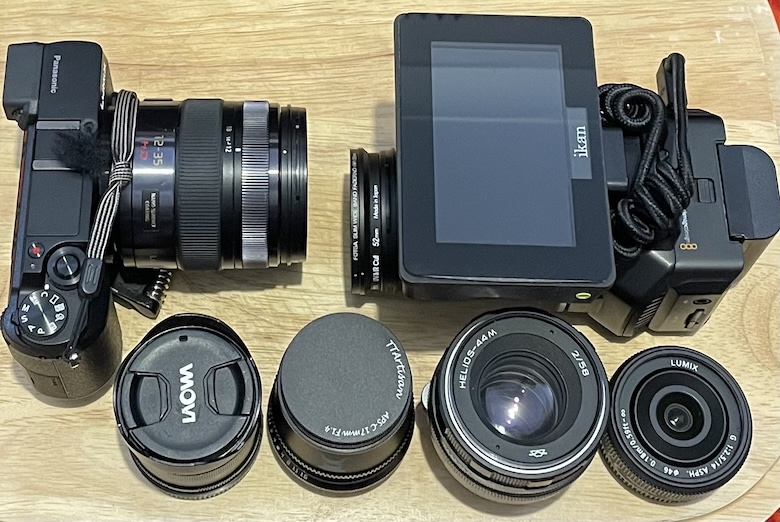
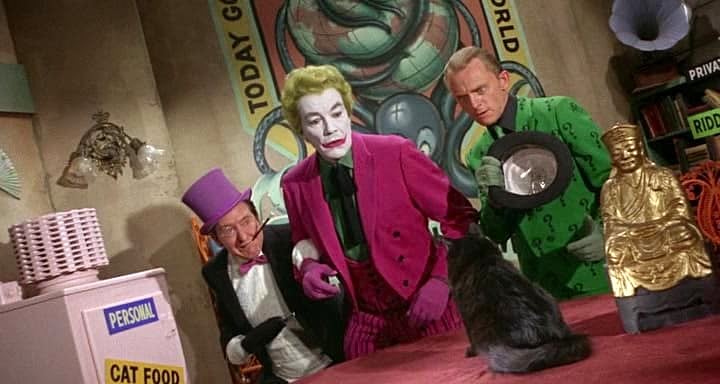
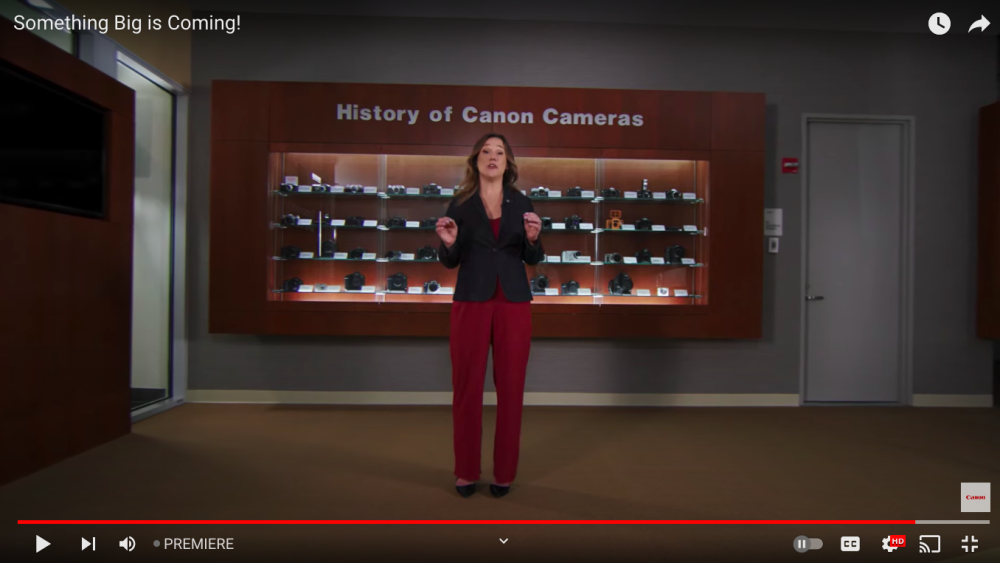
Lens recommendations for BMCC
In: Cameras
Posted
I own both the SLR Magic 8mm F4 lens and also the Laowa 7.5mm F2 lens, and the Laowa is the superior lens by far in every way, except cost.